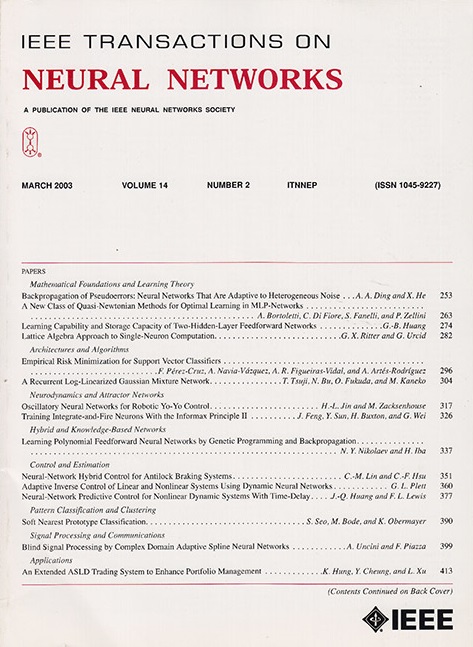基于多模态信息处理的少镜头学习
IF 8.9
1区 计算机科学
Q1 COMPUTER SCIENCE, ARTIFICIAL INTELLIGENCE
IEEE transactions on neural networks and learning systems
Pub Date : 2025-03-02
DOI:10.1109/TNNLS.2025.3561503
引用次数: 0
摘要
Few-shot学习旨在使用少量的训练样本开发具有较强泛化能力的模型。然而,大多数学习方法仅仅依靠少数样本的视觉特征来表示整个类别,导致类别代表性差。相比之下,人类可以利用多模态信息来学习类别特征,从而使它们更具代表性。因此,本文模拟人类的多模态学习机制,将视觉特征与文本信息相结合,从而促进模型获得更具代表性和鲁棒性的类别特征。具体来说,本文介绍了一种新的多模态融合机制——视觉-语义融合选择机制(VSFSM),该机制由融合选择模块(FS-Module)和类别增强模块(CE-Module)组成。这两个模块协同提高了模型的分类性能。FS-Module将语义信息与视觉特征在通道和空间维度上进行对齐和融合,进行特征选择和重建。这一过程不仅产生了具有代表性的类别特征,而且减轻了噪声的影响。ce模块引导模型在查询图像中强调特定类别的特征,最终产生具有代表性的视觉语义类别特征,同时减少查询图像中噪声的干扰。此外,为了更好地促进少射学习,本文引入了一种新的目标损失函数用于优化训练。在多个数据集上进行的大量对比和消融实验进一步验证了该方法的有效性。本文章由计算机程序翻译,如有差异,请以英文原文为准。
Few-Shot Learning Based on Multimodal Information Processing
Few-shot learning aims to develop models with strong generalization capabilities using a small number of training samples. However, most learning methods rely solely on the visual features of a few samples to represent entire categories, leading to poor category representativeness. In contrast, humans can utilize multimodal information to learn category features, thereby making them more representative. Hence, this article emulates the human multimodal learning mechanism by integrating visual features with textual information, thereby facilitating the model’s acquisition of more representative and robust category features. Specifically, this article introduces a novel multimodal fusion mechanism—the visual-semantic fusion selection mechanism (VSFSM)—which comprises a fusion selection module (FS-Module) and a category enhancement module (CE-Module). These two modules collaboratively enhance the model’s classification performance. The FS-Module aligns and fuses semantic information with visual features across both channel and spatial dimensions, performing feature selection and reconstruction. This process not only generates representative category features but also mitigates the impact of noise. The CE-Module guides the model to emphasize category-specific features in the query images, ultimately yielding representative visual-semantic category features while reducing the interference of noise in the query images. Additionally, to better facilitate few-shot learning, this article introduces a novel objective loss function for optimized training. Extensive comparative and ablation experiments conducted on multiple datasets further validate the effectiveness of the proposed method.
求助全文
通过发布文献求助,成功后即可免费获取论文全文。
去求助
来源期刊

IEEE transactions on neural networks and learning systems
COMPUTER SCIENCE, ARTIFICIAL INTELLIGENCE-COMPUTER SCIENCE, HARDWARE & ARCHITECTURE
CiteScore
23.80
自引率
9.60%
发文量
2102
审稿时长
3-8 weeks
期刊介绍:
The focus of IEEE Transactions on Neural Networks and Learning Systems is to present scholarly articles discussing the theory, design, and applications of neural networks as well as other learning systems. The journal primarily highlights technical and scientific research in this domain.
 求助内容:
求助内容: 应助结果提醒方式:
应助结果提醒方式:


